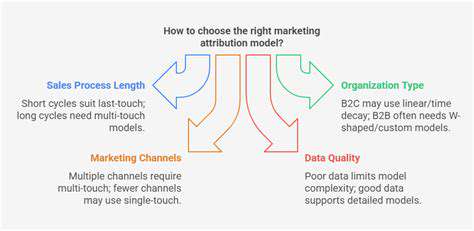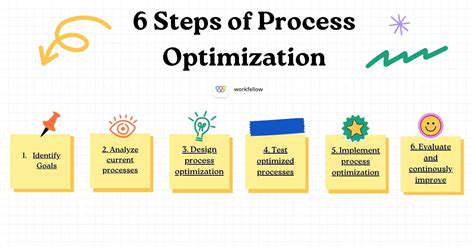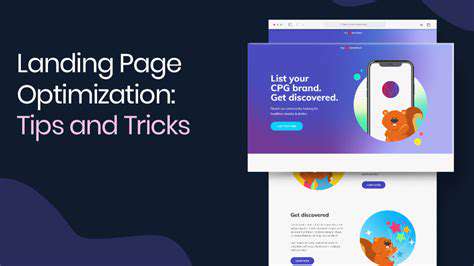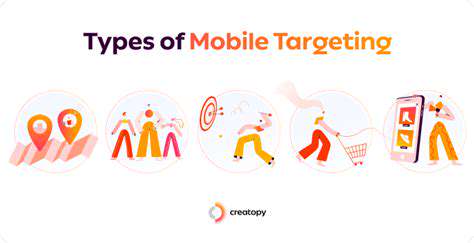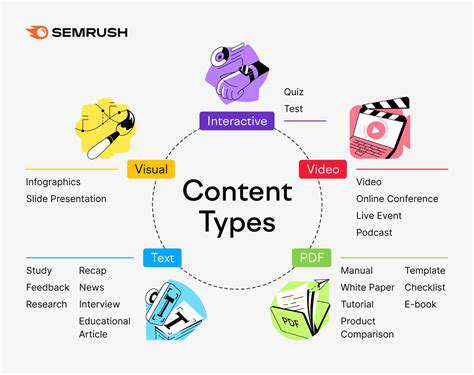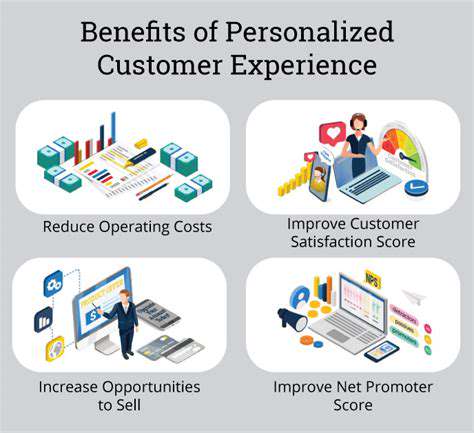Core Web Vitals Optimization: User Experience and SEO
Key Core Web Vitals and Their Impact
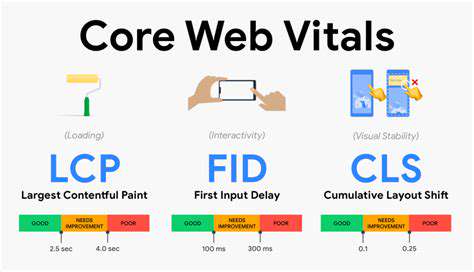
Largest Contentful Paint (LCP)
Largest Contentful Paint (LCP) measures the time it takes for the largest image or text block on a webpage to load and render. A fast LCP score signifies a positive user experience, as users perceive the page as loading quickly. A slow LCP score, on the other hand, can lead to frustration and decreased engagement, potentially driving users away to competing sites.
Optimizing images, leveraging browser caching, and using efficient code are crucial strategies for improving LCP. By minimizing the time it takes for the primary content to load, businesses can improve user satisfaction and potentially increase conversion rates.
First Input Delay (FID)
First Input Delay (FID) measures the time it takes for the browser to respond to a user's interaction, such as clicking a button or scrolling. A low FID indicates a responsive and smooth user experience, allowing users to interact with the page effectively and efficiently.
Minimizing JavaScript execution time and optimizing the rendering process are vital for improving FID. A quick response time ensures that users don't experience any lag or delay when interacting with the page.
Cumulative Layout Shift (CLS)
Cumulative Layout Shift (CLS) measures the unexpected movement of visual elements on a webpage. This shift can be disruptive to the user experience, as it disrupts the user's mental model of the page and can lead to frustration and errors. Elements that shift unexpectedly can cause users to lose their place on the page, requiring them to reorient themselves, which can negatively impact usability and conversion rates.
First Contentful Paint (FCP)
First Contentful Paint (FCP) measures the time it takes for the first piece of content to load and appear on the screen. A fast FCP time signals that the page is loading quickly, providing a positive initial impression.
Optimizing images and minimizing the size of assets are important for improving FCP, ensuring that the initial content appears as quickly as possible.
Time to Interactive (TTI)
Time to Interactive (TTI) measures the time it takes for a page to become fully interactive. This means that users can interact with all significant elements of the page without noticeable delays. A fast TTI is crucial for a good user experience, enabling users to interact with the page without feeling restricted or unresponsive.
Optimizing JavaScript and minimizing render-blocking resources are essential for improving TTI. This leads to a more engaging and user-friendly experience.
Total Blocking Time (TBT)
Total Blocking Time (TBT) measures the total time during which the browser is blocked from rendering any content due to long-running tasks. Long TBT values indicate that the page is experiencing significant delays, which can negatively impact the user experience.
Reducing the number of render-blocking resources and optimizing JavaScript execution are key strategies for reducing TBT. This enhances the user's ability to interact with the page more smoothly and quickly.
Speed Index
Speed Index (SI) measures the time it takes for the majority of the visual content on a page to become visible. A lower Speed Index indicates a faster loading experience. Optimizing image loading and reducing the overall size of the page are essential to improve the SI.
By ensuring that the majority of the visual content appears quickly, users have a smooth and efficient experience, which can contribute to higher engagement and conversion rates.
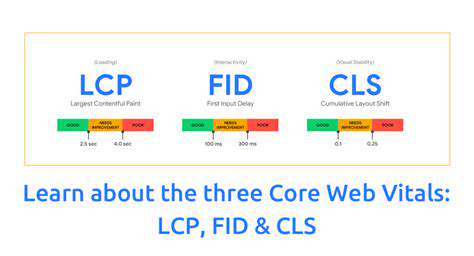
Read more about Core Web Vitals Optimization: User Experience and SEO
Hot Recommendations
- Senior Travel Discounts and Deals
- Personalized Travel for Different Seasons and Climates
- Honeymoon Destinations: Romantic Getaways for Newlyweds
- Mythical Places: Journeys to Legendary Locales
- The Future of Travel Agents in an Automated World
- Sustainable Design for Tourist Infrastructure
- Combatting Illegal Wildlife Trade Through Travel Awareness
- The Best Beaches for Relaxation and Sunbathing
- Marine Conservation: Diving into Responsible Ocean Travel
- Measuring the Social Impact of Tourism

